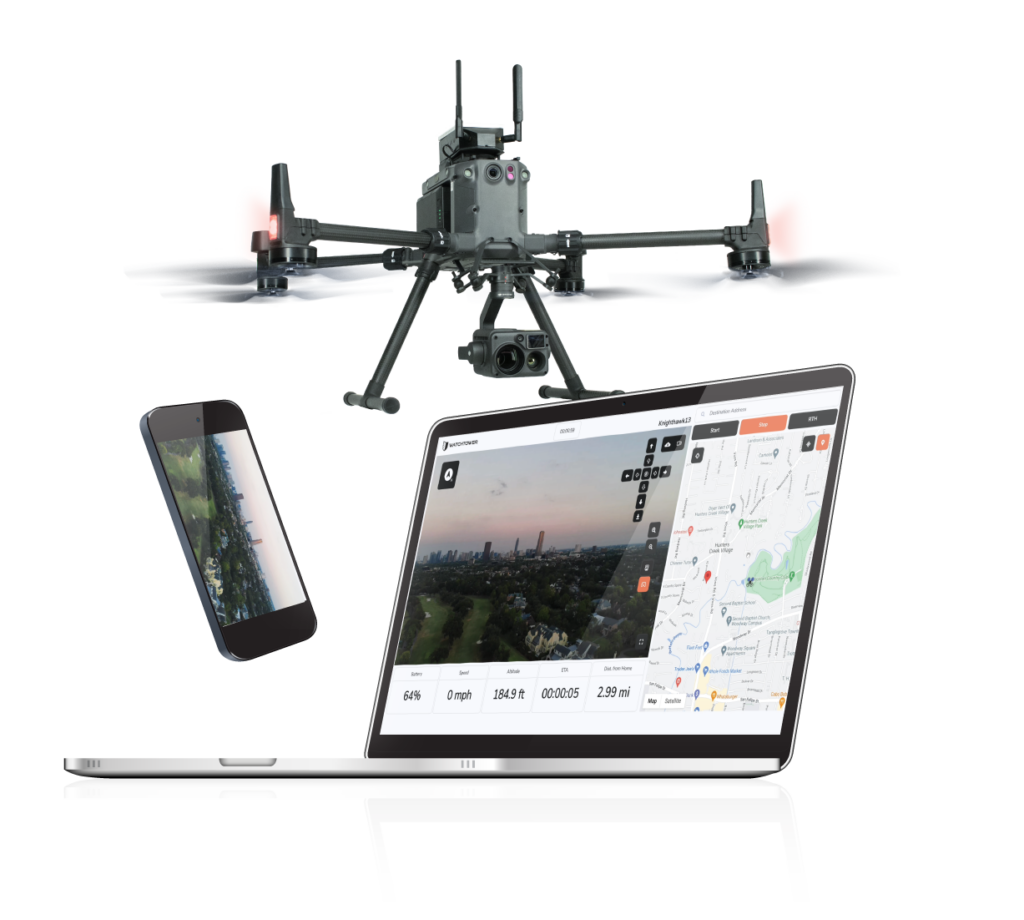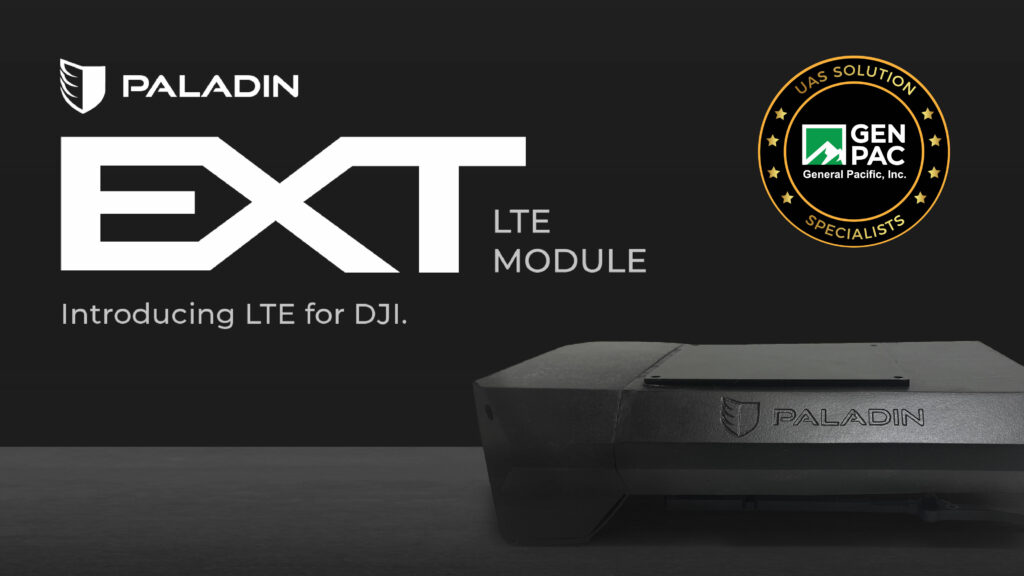

Paladin’s autonomous LTE drone can be deployed with one click to a 911 call and provides first responders with a live, controllable video feed before they arrive. Its autonomous software controls and secure data management make implementing a DFR program easy and straightforward.
Situational Awareness on 911 calls: A lack of information on 911 calls every day leaves first responders struggling to understand the situation they are responding to. An overhead drone allows them to use their training to gather critical intel and plan effectively before arrival.
A Force Multiplier: Departments around the country experience staffing shortages, making it difficult to respond to calls quickly, causing CAD queues to pile up. With a DFR program, departments can get eyes on calls and clear them more efficiently.
LTE vs Radio-Based: With an LTE connection, your DJI drone can safely travel within a 3-mile radius from its home base( limit set forth by the FAA for BVLOS operations). Traditional radio-based drones have real-world limitations because they need a direct link from RC to drone. LTE allows for a 10:3 coverage compared to radio-based drones. By leveraging the power of LTE, you can eliminate the need for larger fleets and RPICs on rooftops and cut down on unnecessary costs to cover the same area.
Receive 911 Call – Once a 911 call is received, the dispatcher immediately begins asking questions to assess the scene and gather as much useful information for first responders as possible. Simultaneously, they are relaying this information to them. Having a live stream allows trained first responders to look for helpful information like a subject’s location, level of danger, crowds, etc.
Deploy UAS – When the call is answered, the caller’s location is sent to Watchtower, Paladin’s DFR platform. Then, with one mouse click, an LTE-enabled drone automatically takes off and flies to the location, arriving in less than 90 seconds.
Gather Intel: The drone reaches the scene before first responders, giving them a live stream of the scene on any internet-connected device. Watchtower provides situational information to help first responders plan ahead.
- Control the drone’s flight and camera (zoom, thermal) all in one place with just a few clicks. There is no need for a remote controller or an onsite, trained pilot.
Return to Home: Once the call has been cleared, simply click ‘RTH’ and the drone automatically flies back to its home base. As the drone lands, flight data is automatically uploaded to Watchtower.
Application Examples
- Police – DFR allows trained officers and dispatchers to analyze a situation and gather key intel before arriving, allowing them to provide emergency response more efficiently and effectively, making a dangerous job safer. Our simple solution mitigates some of the risks of human error, especially in chaotic situations.
- Fire – Leveraging a stable LTE connection, firefighters can gather valuable intel on a fire. With an overhead drone, they can see hot spots, assess structural integrity, locate civilians at risk, and determine potential points of entry, all before arriving.
- Sheriffs & State Troopers: Sheriffs and State Troopers often cover large expanses of land. so the ability to deploy a drone to a scene in minutes is game-changing. Our technology allows agencies to teleoperate from one centrally located location, which makes gathering intel over a large expanse (county or state) entirely possible. For instance, a California State Trooper could control a drone stationed in San Bernardino from San Francisco.
- Security: University, campus security, and energy & utility companies also greatly benefit from our system. Campus security can have eyes on a developing situation in minutes, ensuring student and faculty safety. Energy and utility companies now have the ability to inspect any facility from anywhere in the world with an internet connection from one centralized location.
